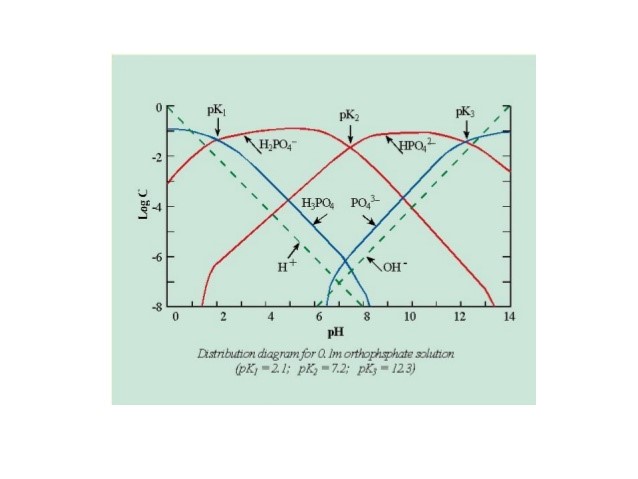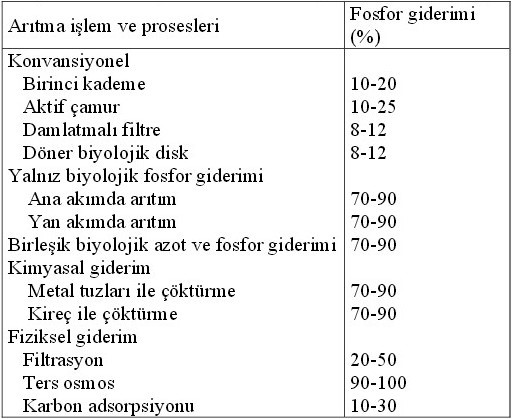In many wastewater types, the solid form of phosphorus, which is undissolved and accounts for approximately 10% of the phosphorus in water, is removed through primary sedimentation.
Except for the amount used by microorganisms for cell synthesis, removing the remaining dissolved phosphorus via conventional biological treatment is quite difficult. The effects of conventional and other treatment systems on phosphorus removal are presented in the table below.
Chemical, physical, and biological methods can be used for phosphorus removal. Chemical precipitation using iron or aluminum salts or lime is widely applied for phosphorus removal. Biological phosphorus removal is based on the principle that microorganisms, under stress, adsorb more phosphorus than needed for their growth. Many biological processes have been developed as alternatives to chemical treatment.


